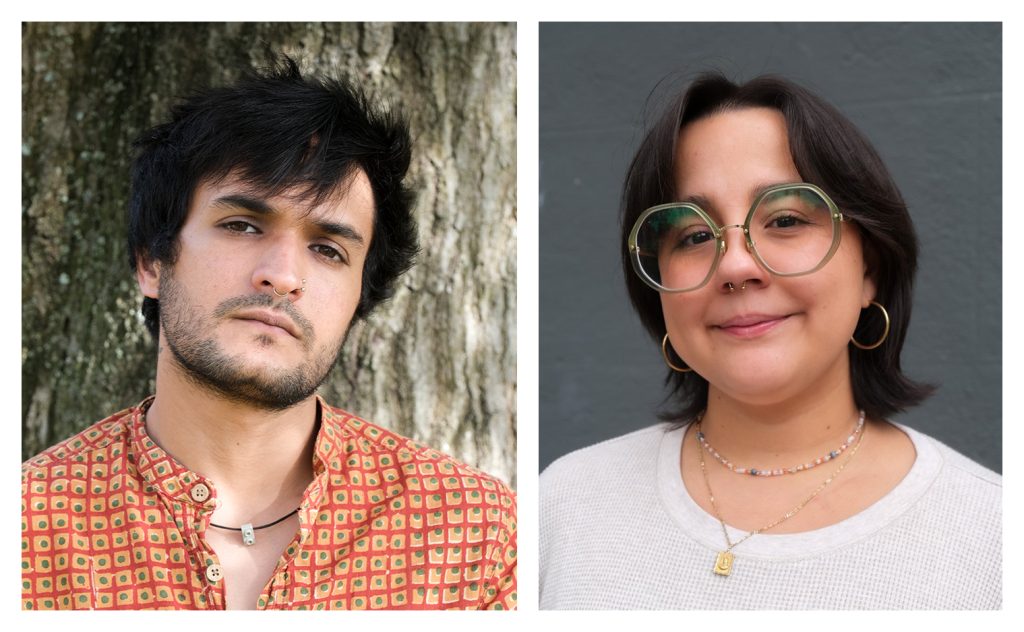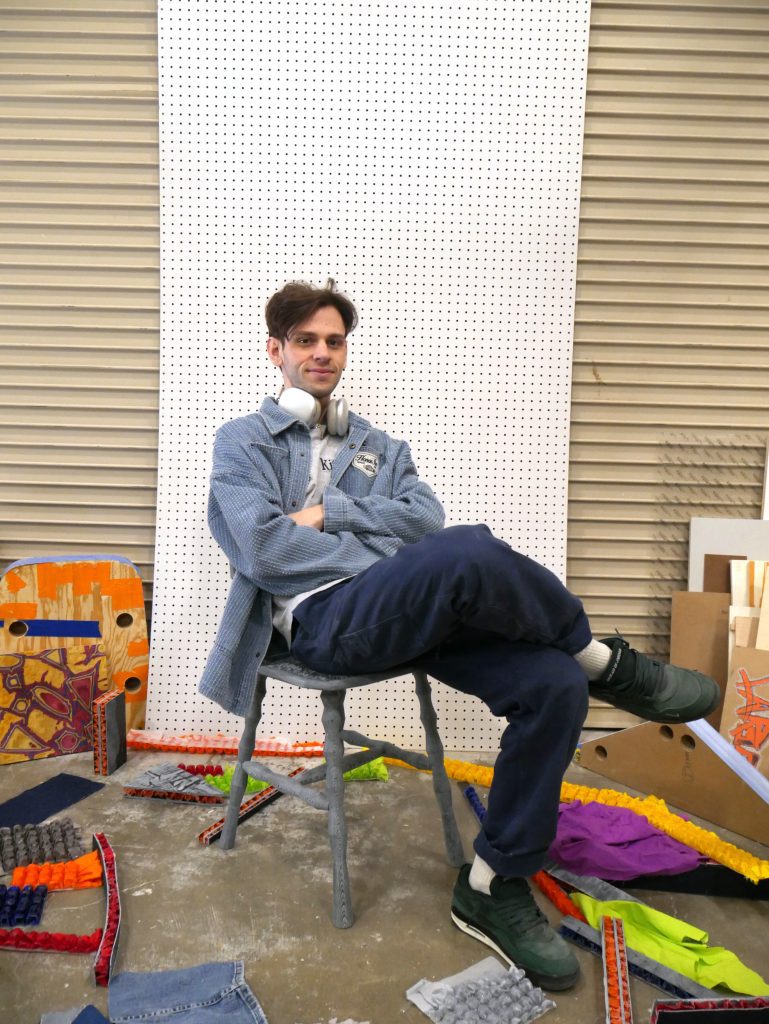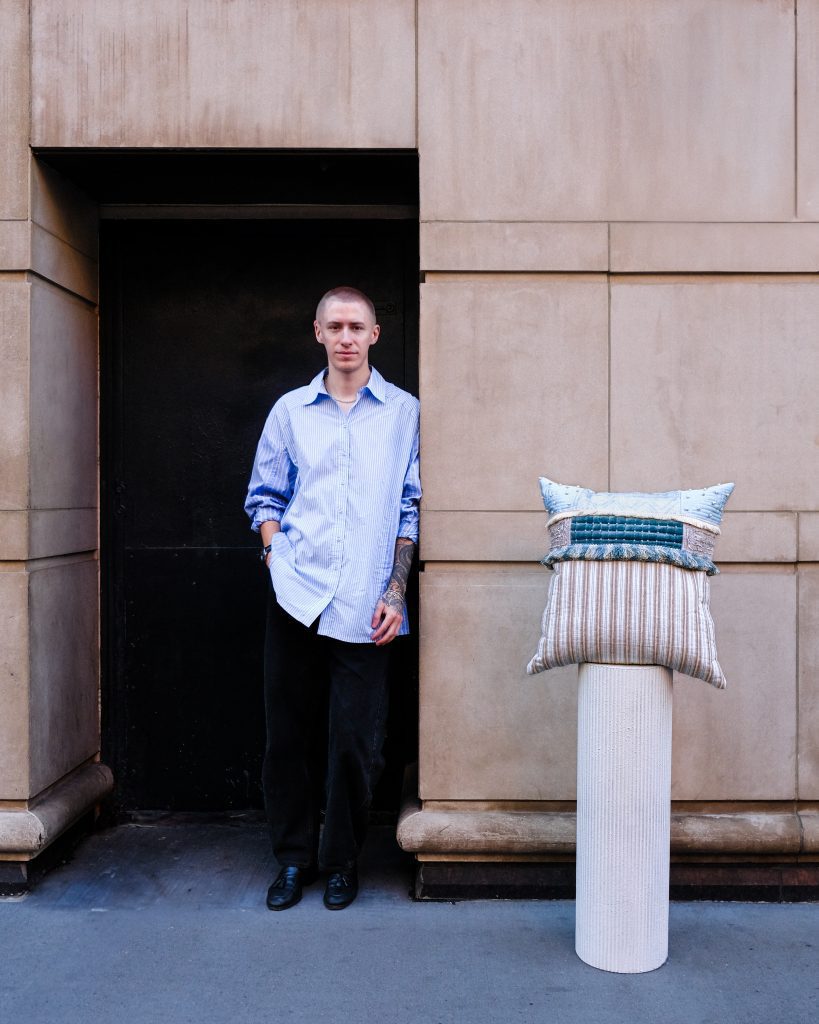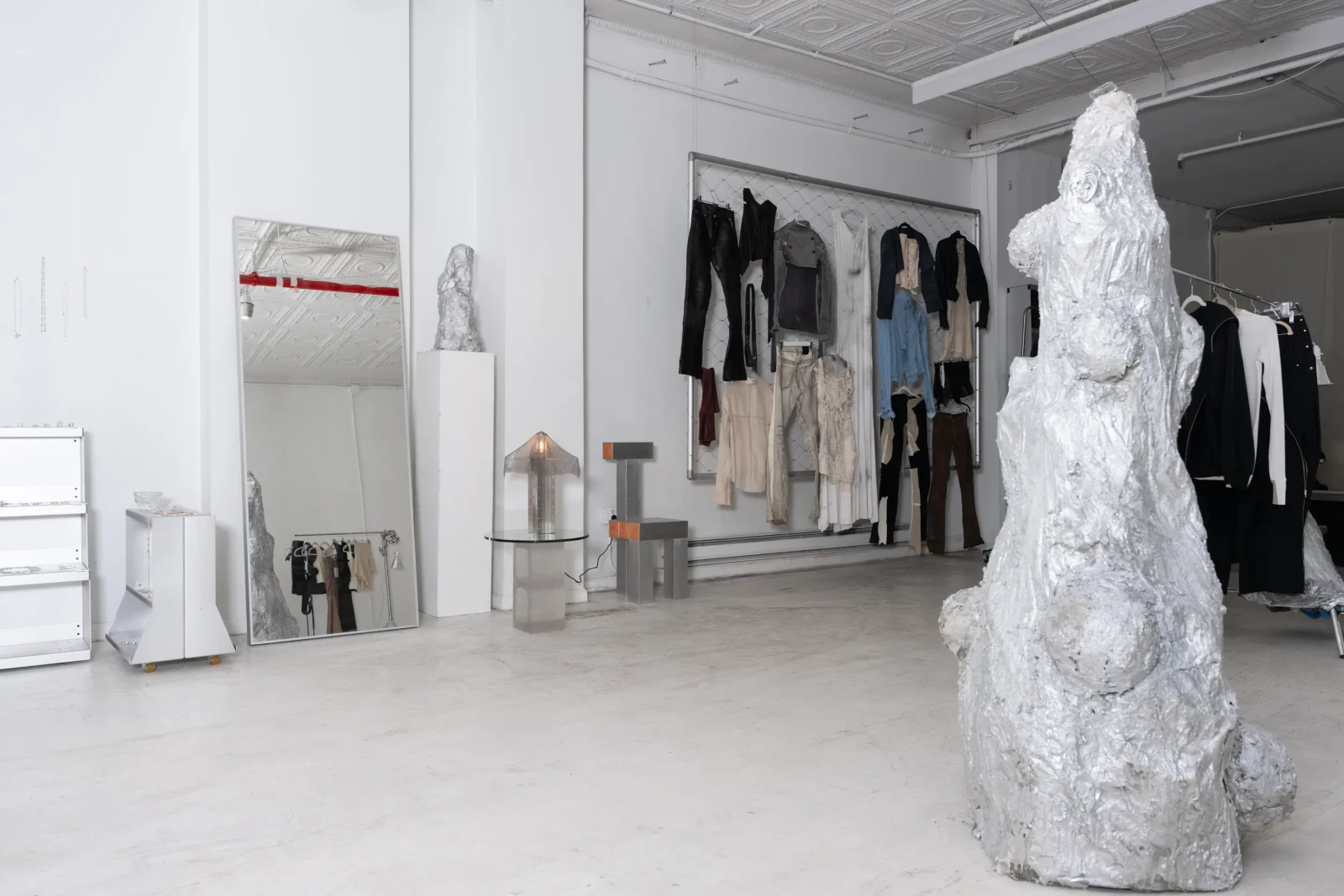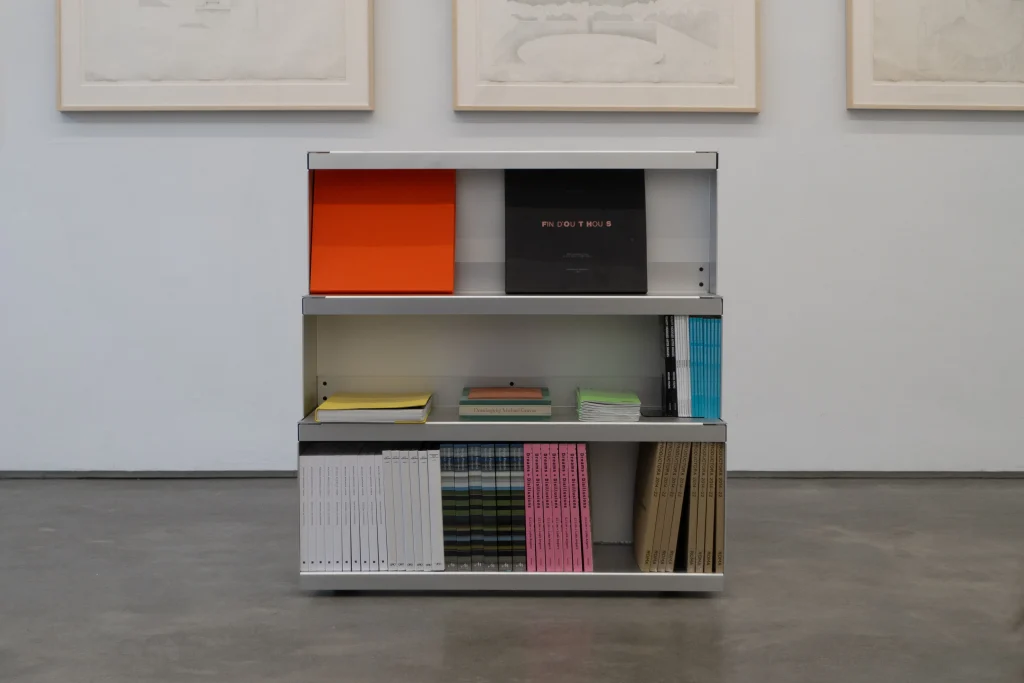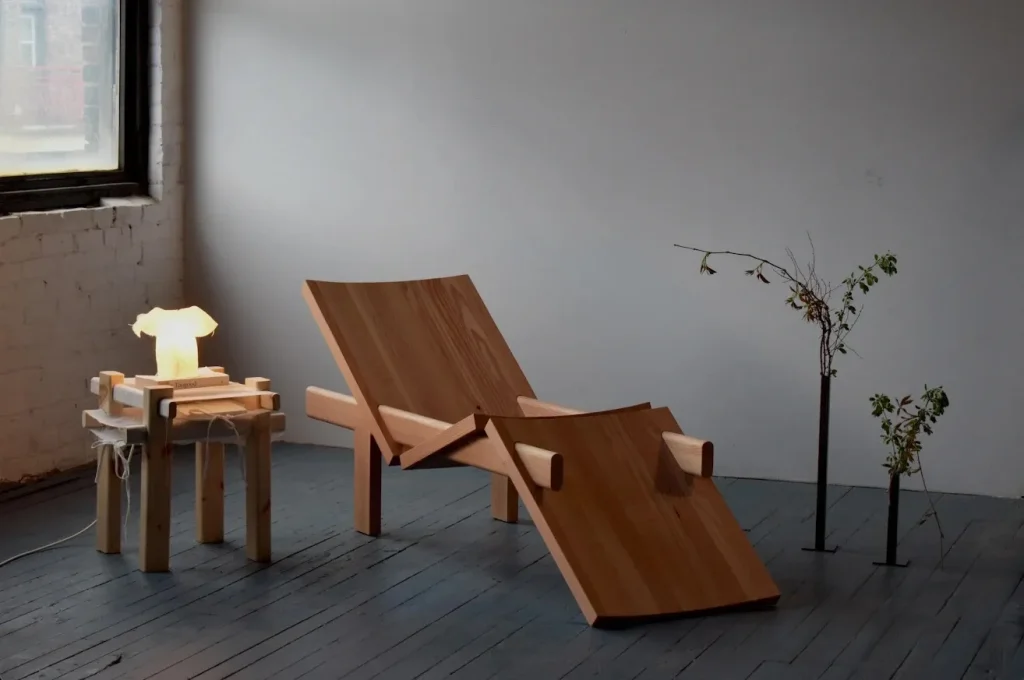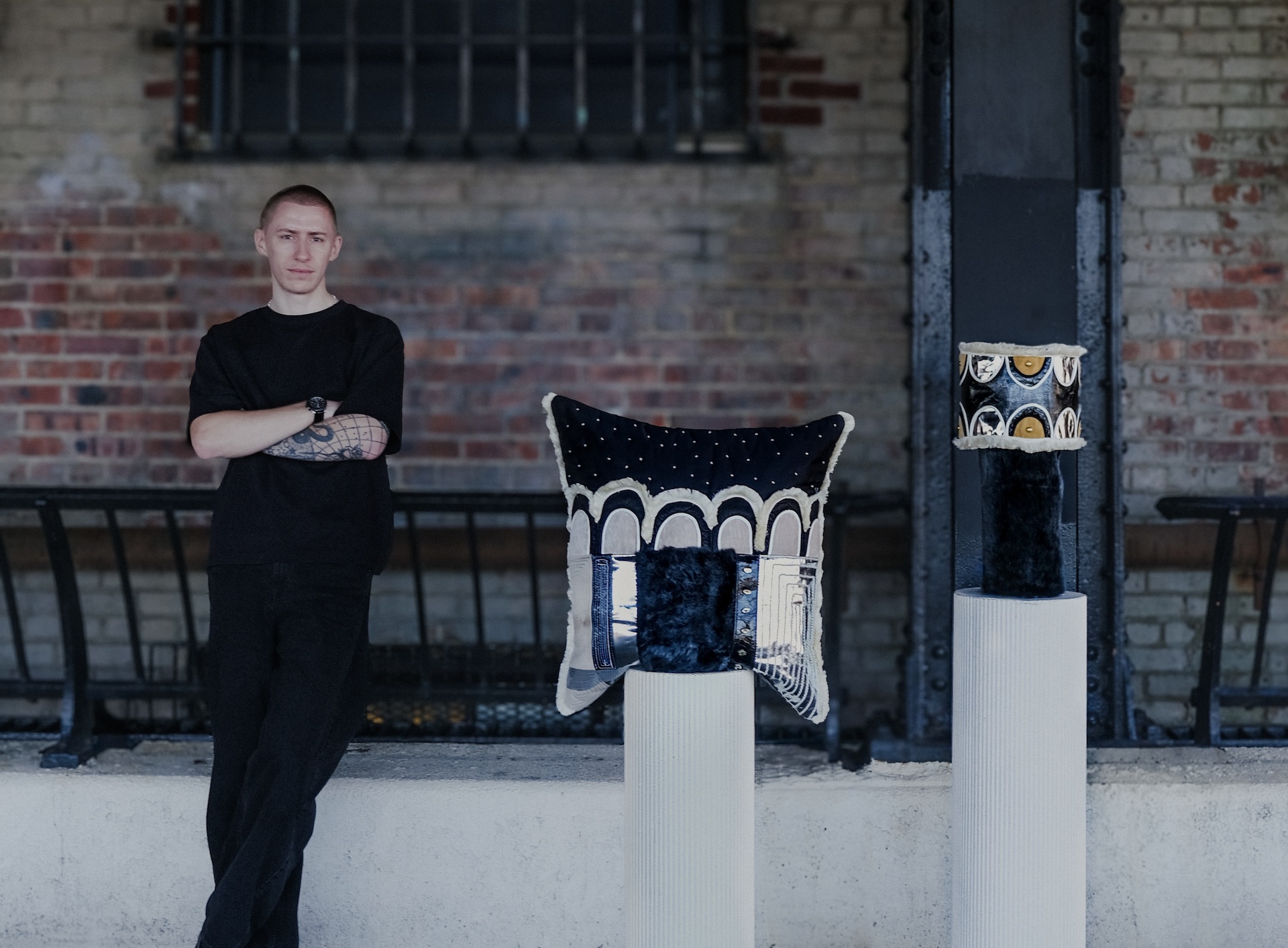
Meet the ADORNO x WANTED Prize winners: Honoring the Future of Independent Design
As the global design world gathered for New York’s ICFF and WANTED this May, the energy at Launch Pad—its hub for emerging talent—was unmistakable. Shifting away from showpieces ready for mass production we saw a plethora of raw, ambitious explorations in craft, material, and meaning. This is precisely where ADORNO looks when selecting recipients of the ADORNO x WANTED Prize.
Now in its second year, the ADORNO x WANTED prize honors three designers or studios whose practices reflect a sustained commitment to cultural dialogue, material responsibility, and craftsmanship, on their own terms. This is not a celebration of market-readiness. It is a recognition of design that is urgent, personal, and rooted in intentionality. Instead of simply introducing objects to the world for the sake of design, these designers aim to shape how design can change outdated systems, while considering how it is felt, interpreted, and lived with.
At ADORNO, “emerging” is never synonymous with inexperienced or incomplete. It speaks to unfiltered work and work that has not yet been reshaped to fit the expectations of a commercial audience. It speaks to ideas that retain their initial clarity. The designers selected for this year’s prize offer a glimpse of potential into a way of thinking and making that resonates deeply in the current moment.
Collective Vision Award:
Aileen De La Ree Valencia
& Nush Farzaan Wadia
ButtonBack Chair
Brooklyn, NY, and Savannah, GA
The Collective Vision Award recognizes a body of work that places co-authorship at the center of its process. This category does not reward the solitary designer. It values shared construction, intentional dialogue, and practices that expand creative control through mutual respect.
The ButtonBack Chair, designed by Aileen De La Ree Valencia and Nush Farzaan Wadia, is the result of such a process. The project began without ego. What took shape was not an exercise in compromise but a dialogue in material, proportion, and symbolism. This chair reflects both hands equally. Every joint, curve, and detail is shaped by two minds working toward one shared language.
Crafted in eight-quarter Cherry wood with visual counterpoints in Maple, ButtonBack presents an asymmetric silhouette—defiant of standard typologies. It has a single armrest. Its backrest features ornamental buttons. Its surfaces are carved to create visual rhythm and tactile curiosity. The chair does not seek symmetry or neutrality. It expresses presence. It demands engagement.
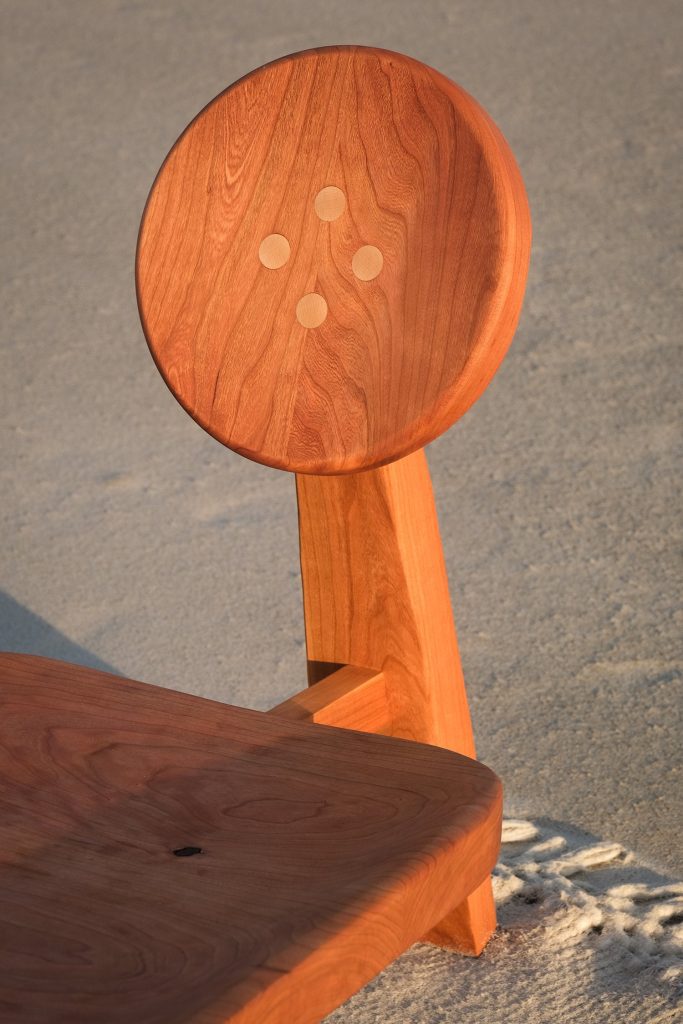

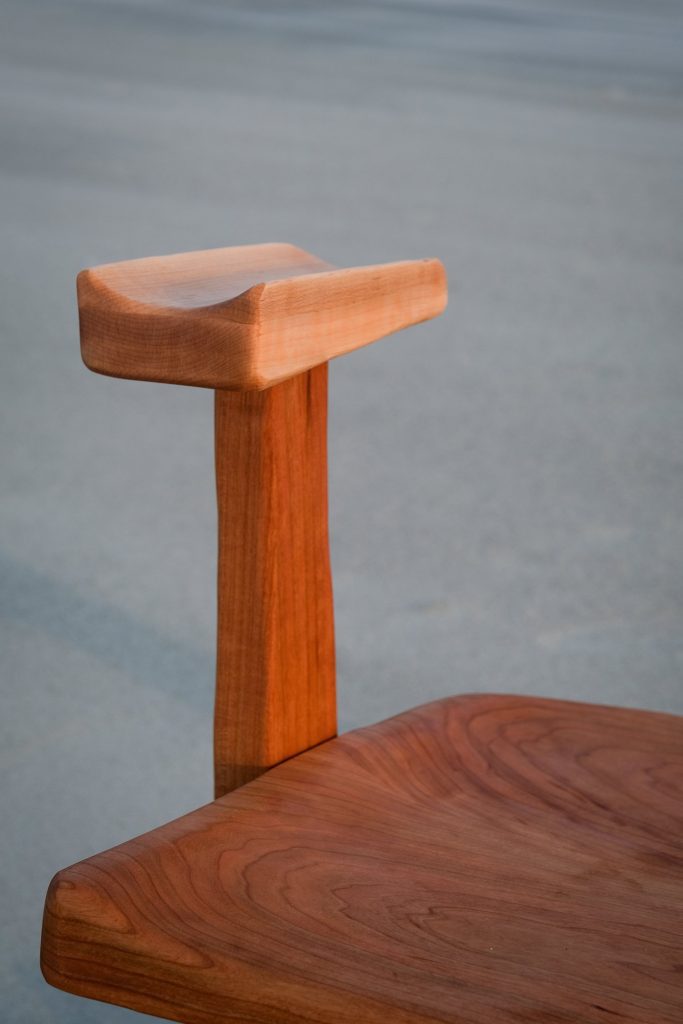

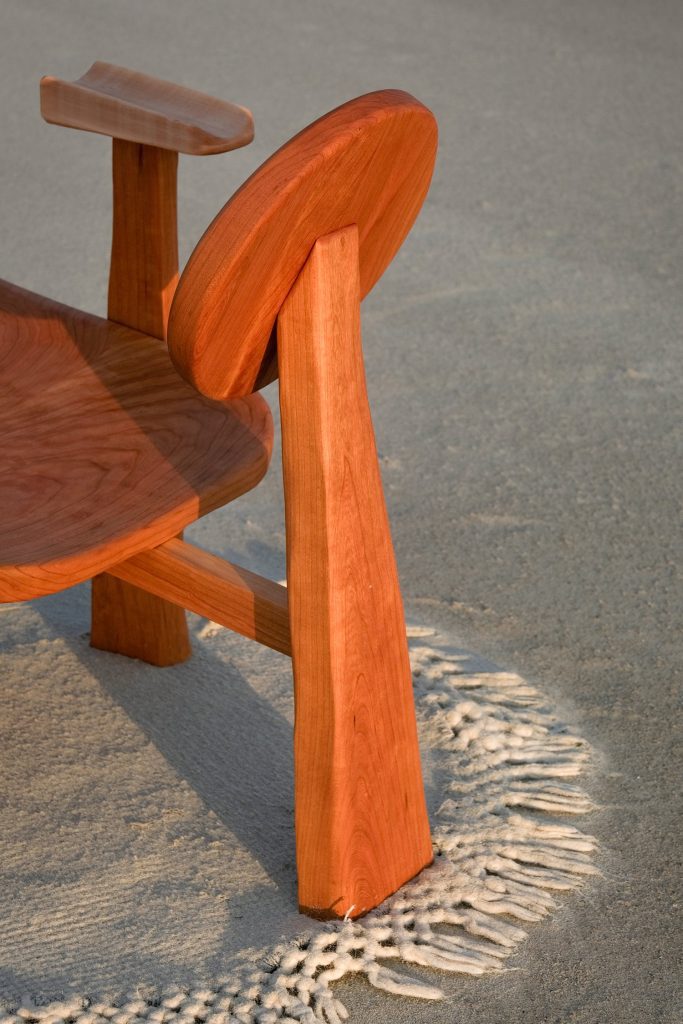

What anchors this work is not only its final form. It is the process. Aileen and Nush approached the design through full-scale mockups, digital carving, and hand-finishing. This layered process was required to achieve a balance of ergonomic sensitivity and expressive detail. The armrest is not mirrored. The seat is not flat. The visual weight is shifted. The user is asked to reconsider comfort, posture, and composition.
Aileen brings to the project a commitment to pluralism, empathy, and design that accommodates complexity. Her practice draws from lived experience, from culture, and from an ongoing inquiry into how forms reflect and carry emotion. Nush arrives from a background in architecture and visual art, trained to treat space and surface as active. His work explores the boundaries between object and environment.
Together, they have crafted something singular. ButtonBack is not about merging differences. It is about showing how two independent practices can produce one object that speaks with clarity, generosity, and conviction. This is the essence of collective design.
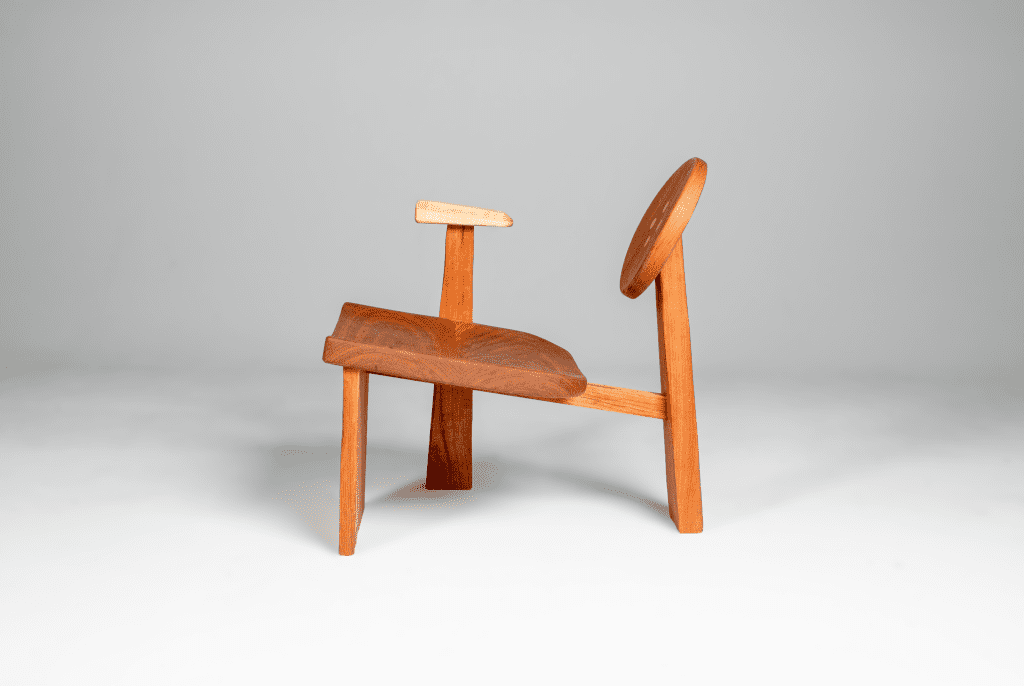

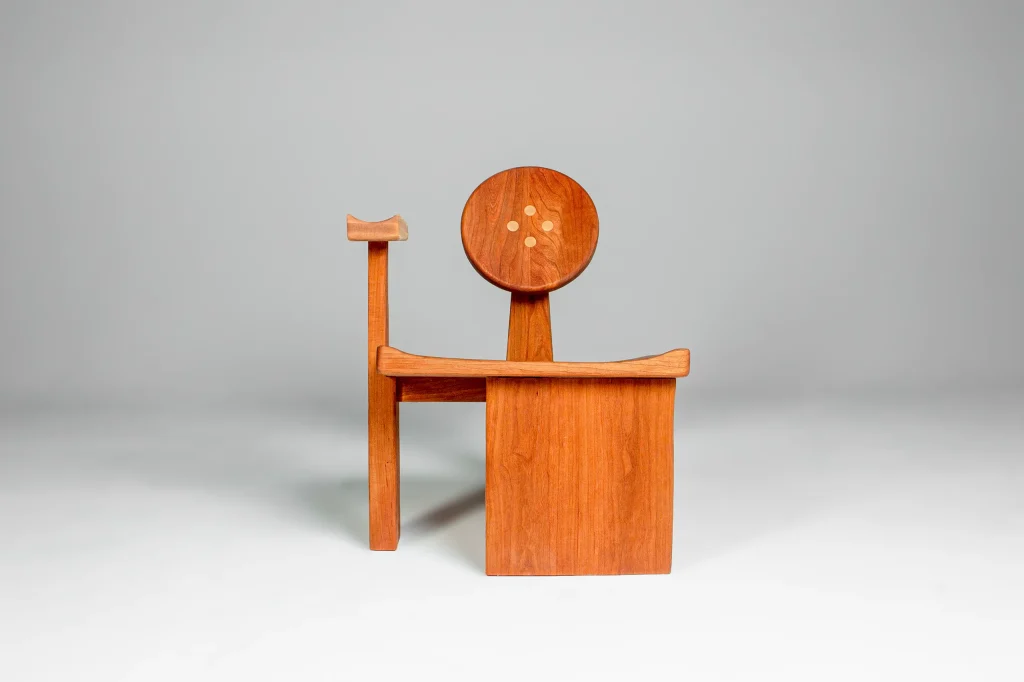

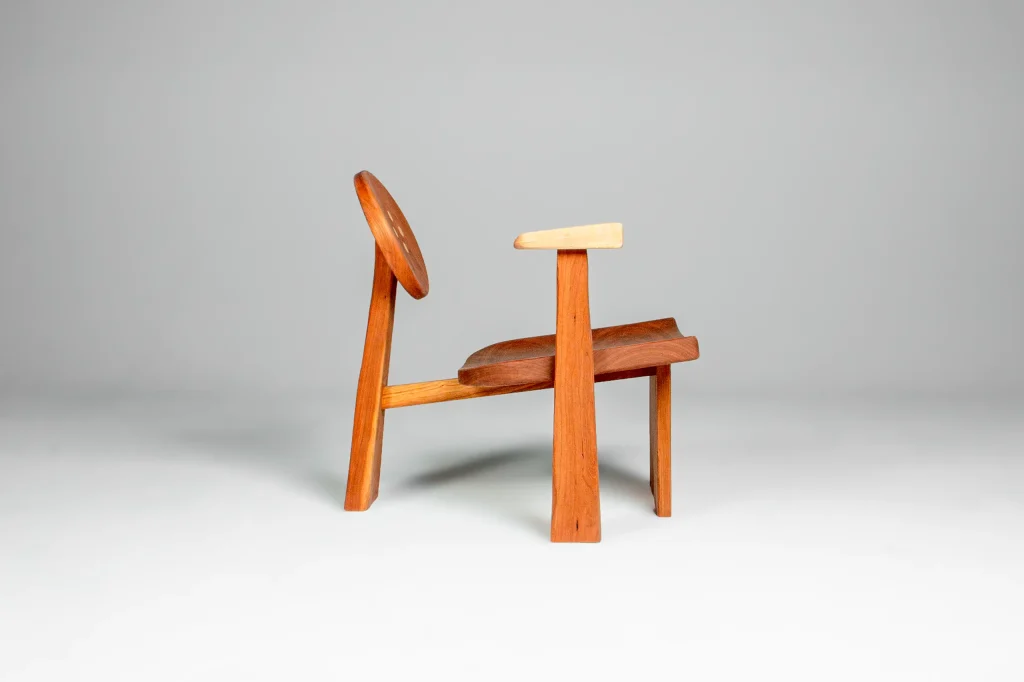

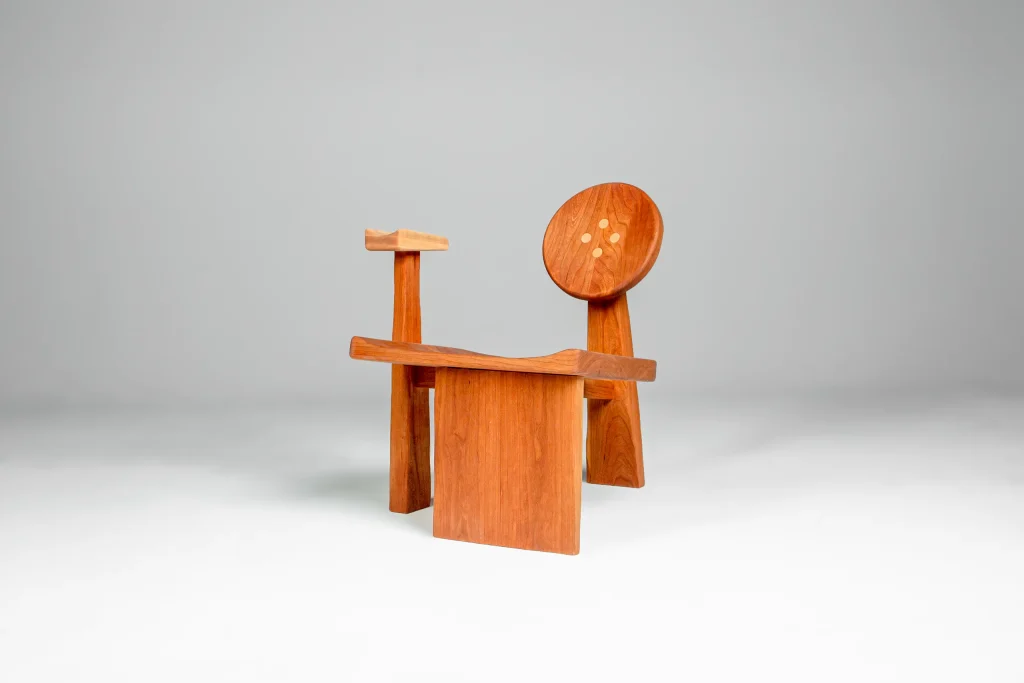

Future Materials Award:
Sam LaRocco
Puff-Ply Structural Fabric
Cincinnati, OH
The Future Materials Award highlights innovation in how designers manipulate, combine, and invent material systems. It celebrates work that shifts the expectations of what material can do and how it can behave.
Sam LaRocco’s Puff-Ply Structural Fabric achieves this with quiet brilliance. What he has produced is not just a furniture collection. It is a material architecture. Using cotton and epoxy resin—materials that rarely occupy the same space—Sam applies an industrial corrugation technique to generate load-bearing panels that retain the softness of cloth and the structure of formwork.
The resulting pieces are minimal in appearance but radical in construction. They are composed not of rigid wood or hollowed plastic, but of curved, compressed textile panels that hold their shape through embedded geometry and resin-reinforced tension. These forms suggest weightlessness and resist categorization.
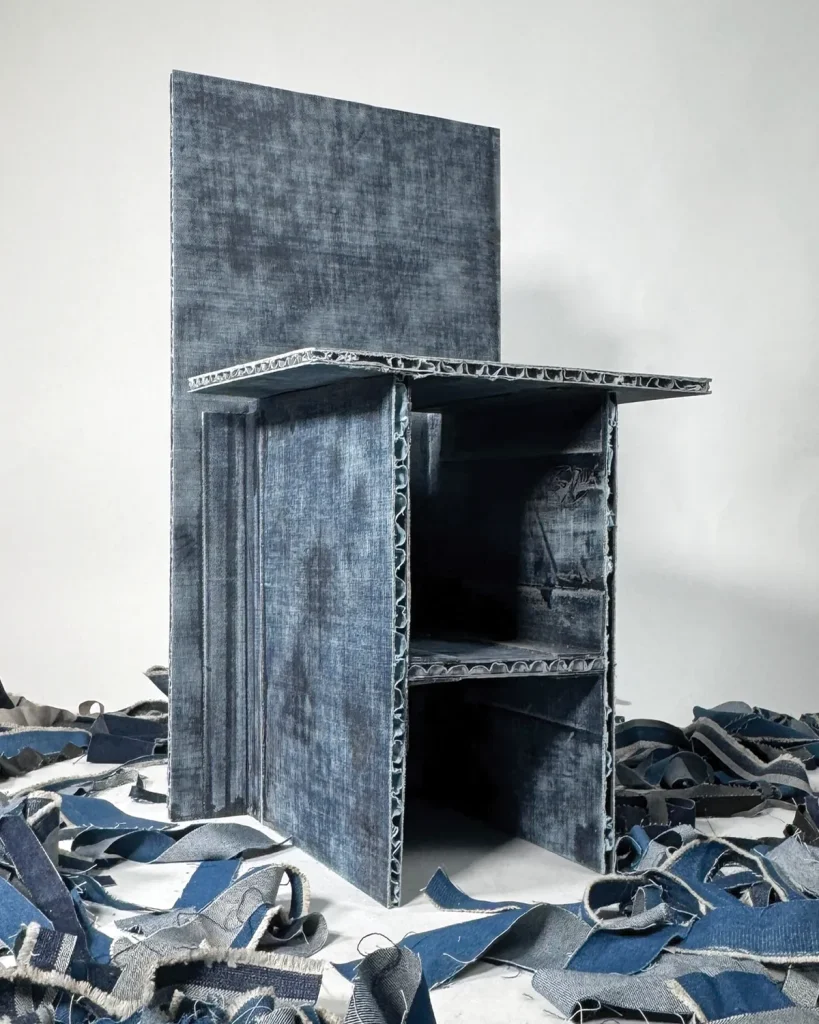

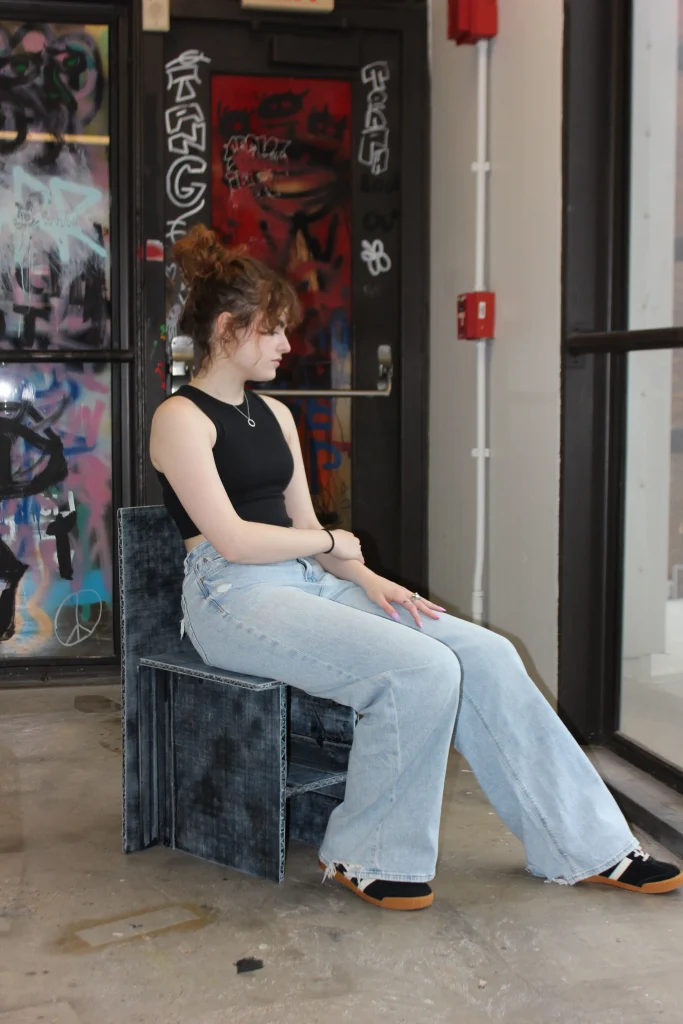

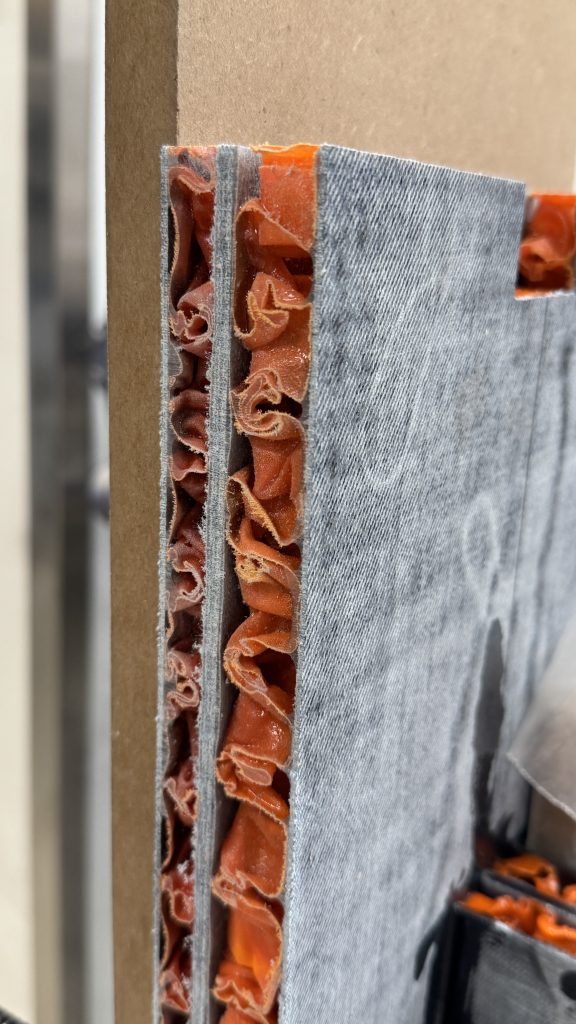

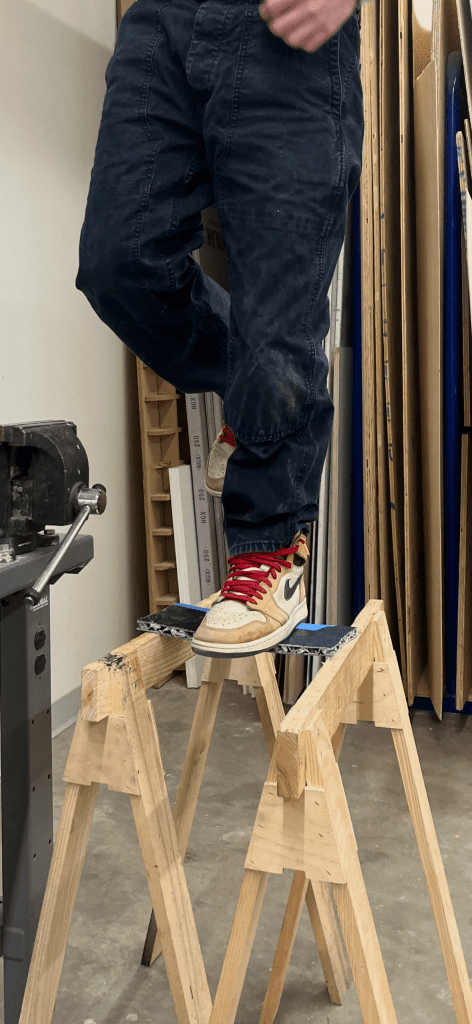

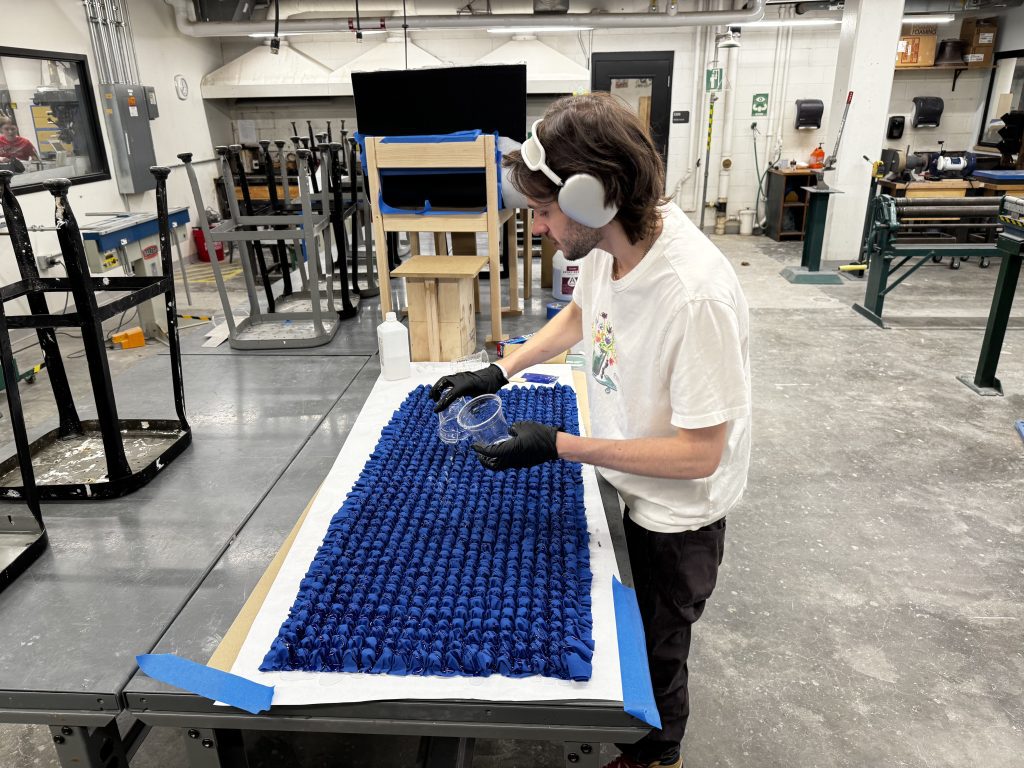

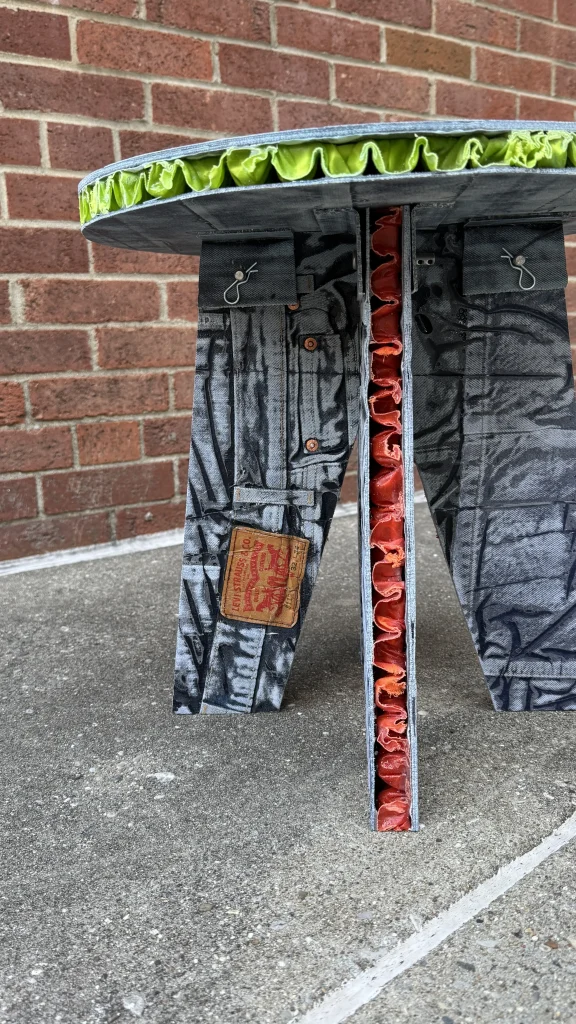

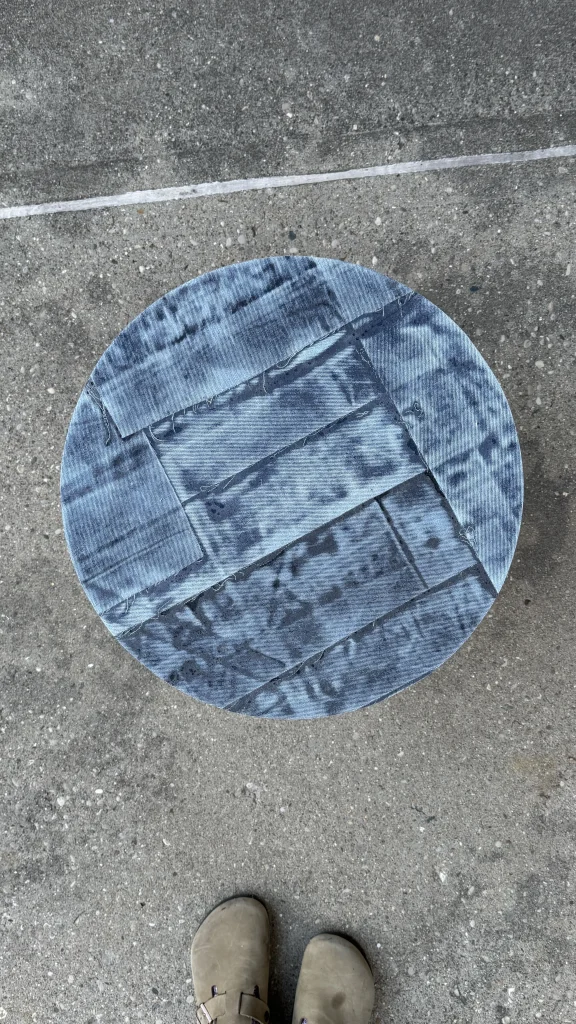

Sam’s material proposal challenges more than fabrication norms. It asks fundamental questions about value and expectation. Why must something solid be heavy? Why must softness signal fragility? Puff-Ply delivers its answers through shape and surface. It is a new syntax for design.
This work stems from a deep curiosity. Sam, a graduate of the University of Cincinnati’s DAAP program, brings with him a sensitivity to utility and emotion. He does not design in opposition to practicality. He pushes practicality to its edge. His background in industrial design infuses his work with discipline, but it is the spirit of experimentation that defines his voice.
The pieces in this collection are customizable in tone and scale. They are not locked in fixed dimensions. The internal structure can be tuned. The outer profile can shift. This adaptability strengthens the argument: the material is not a constraint; it is a platform.
Featured in both the Jonald Dudd NYC Design Week exhibition and WANTED’s Launch Pad, and covered by Dwell.com, Sam’s work is already part of a wider conversation. What the ADORNO x WANTED Prize affirms is that this conversation must continue—and that Puff-Ply is a material future worth shaping.
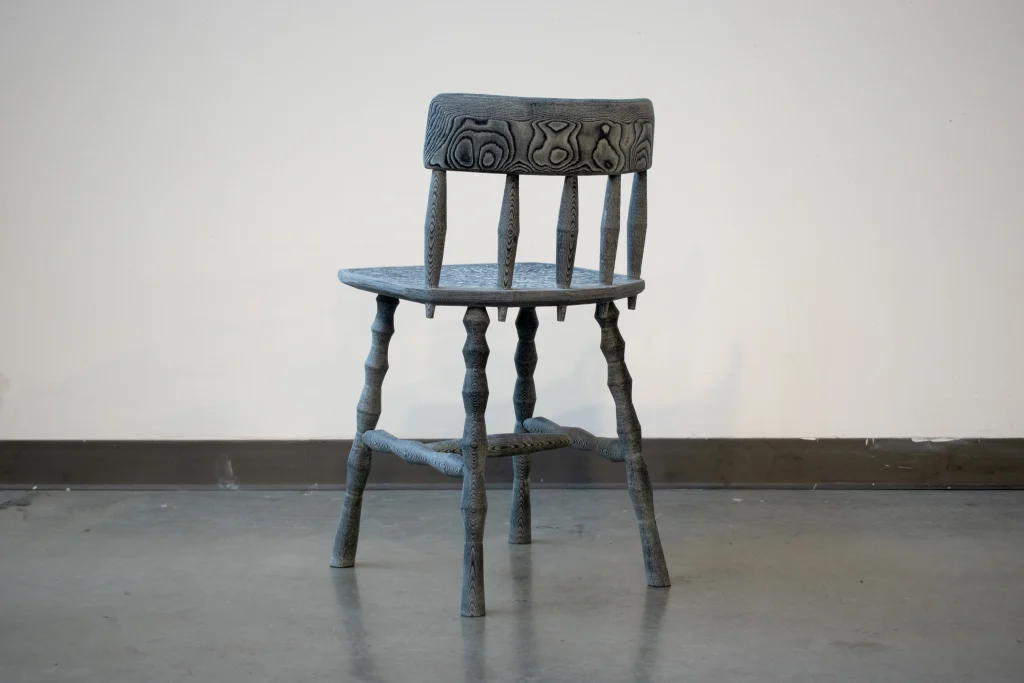

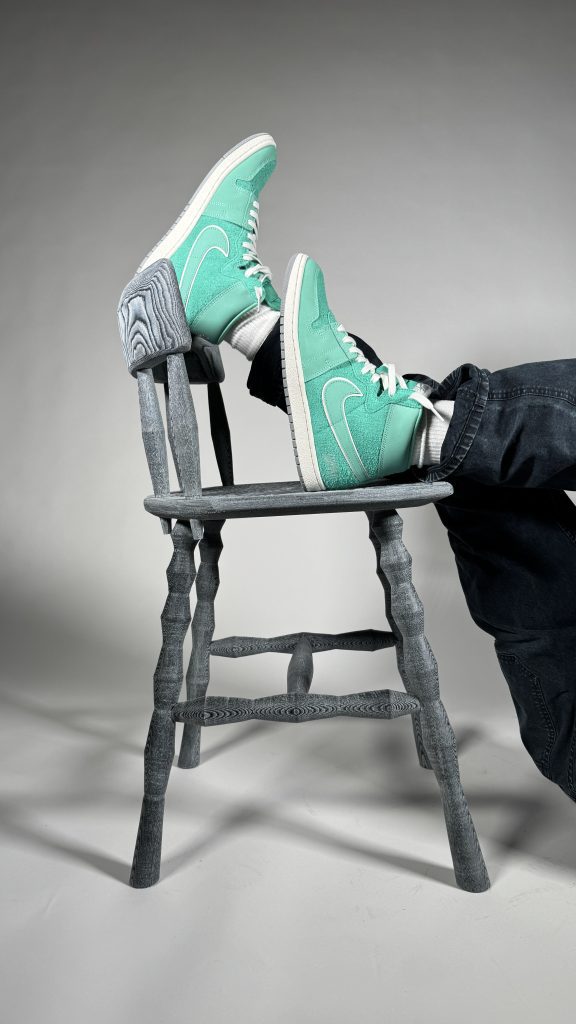

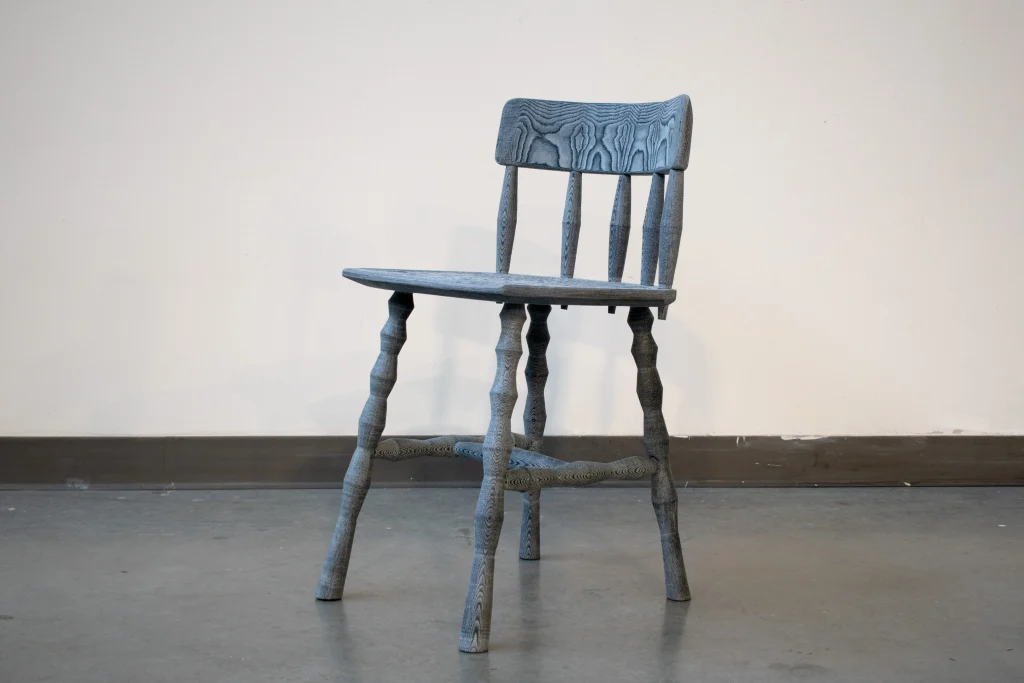

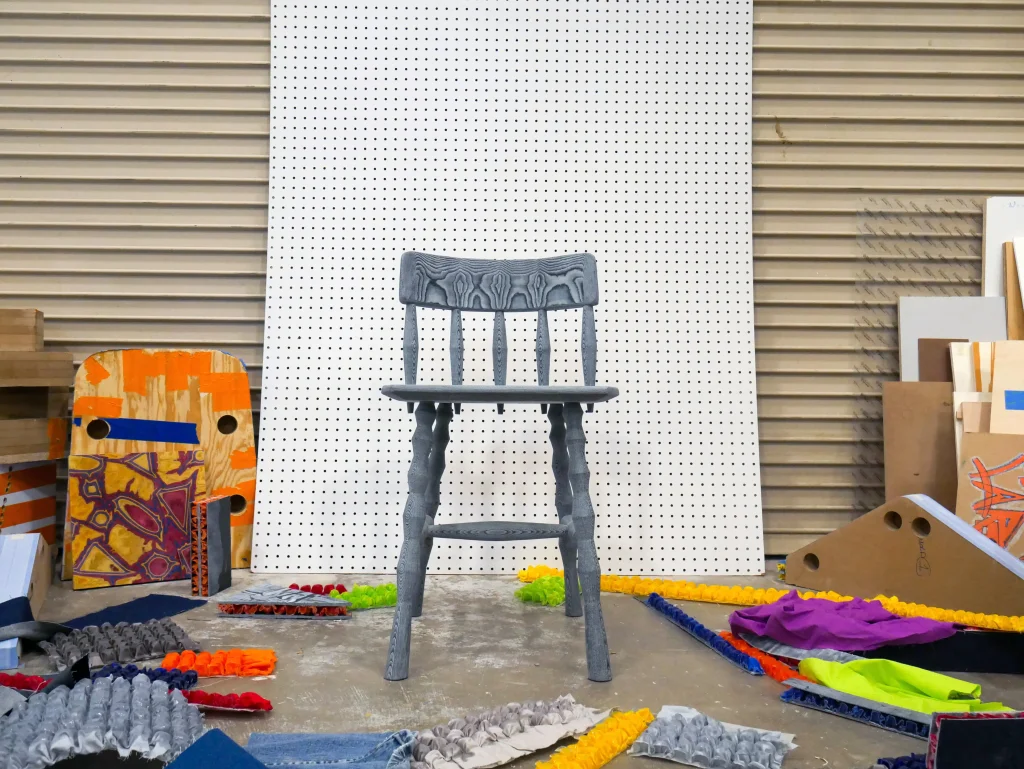

Mastery in Making Award:
Teddy Breedlove
Quilted Lamps & Cushions
New York, NY
The Mastery in Making Award honors a practice rooted in material intelligence, emotional clarity, and technical control. It is awarded to a designer who engages deeply with process—one who moves with purpose through surface, structure, and substance.
Teddy Breedlove’s textile-based practice exemplifies this approach. From his New York studio, Teddy assembles quilts, lamps, and pillows that carry weight far beyond their function. His work does not chase novelty. It reveals the character of material through rhythm, layering, and repetition. It speaks softly, with fullness.
What distinguishes Teddy’s work is the clarity of his intent. He treats textiles not as passive decoration but as communicative structures. These are not adornments. They are visual language. Each seam marks a decision. Each texture is a modulation. In his view, space is not inert. It is conversational. It speaks back.
Teddy’s background in Furniture and Surface Design from SCAD informs his attention to construction. Every lamp in the Quilted series is built using responsibly sourced deadstock materials. This commitment is not aesthetic. It is ethical. He preserves textile waste not as scrap, but as medium.
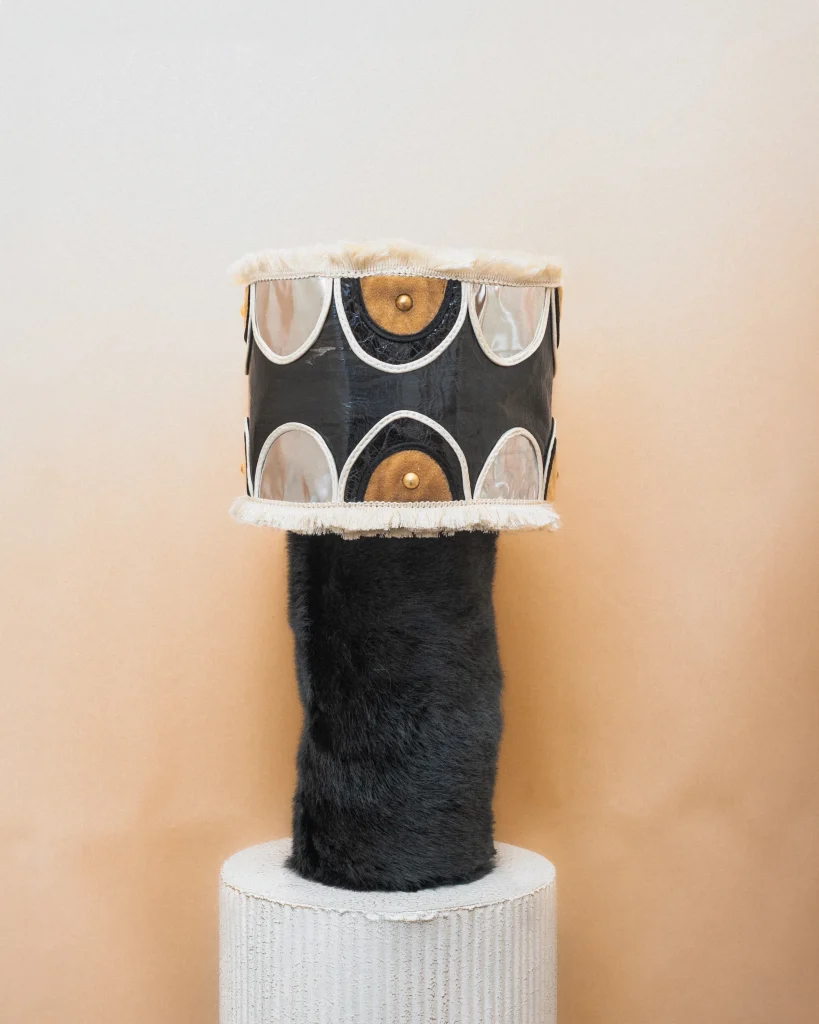

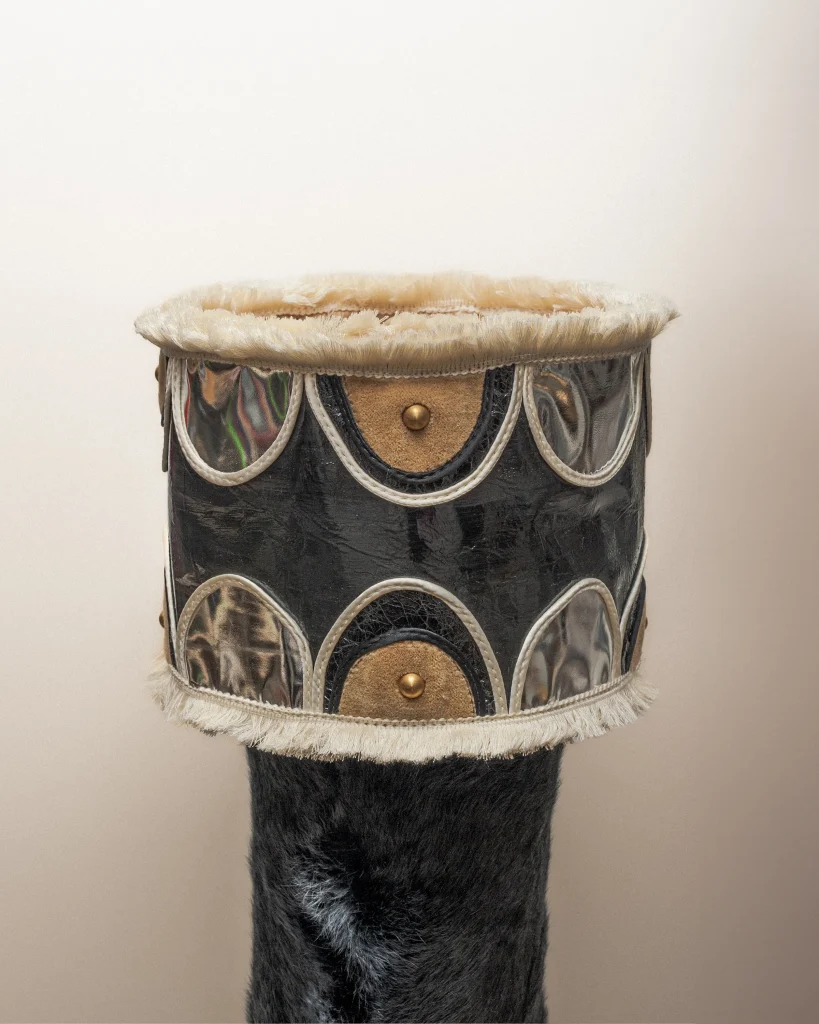



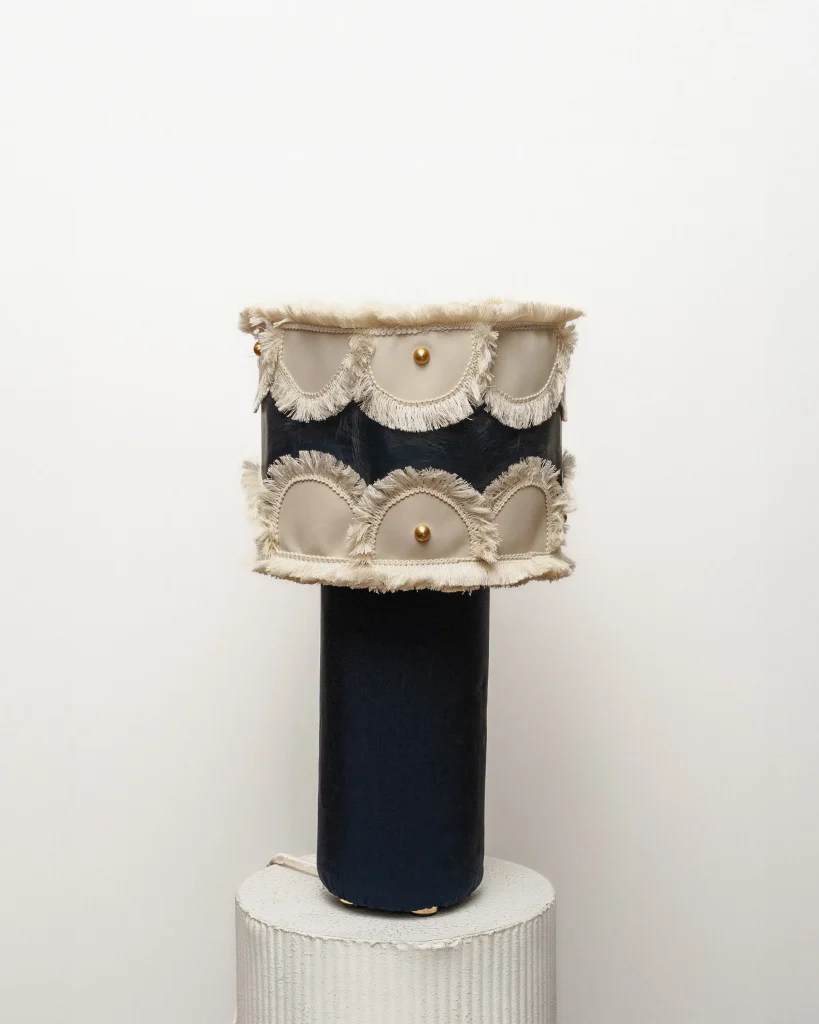

His lamps are unique. Each one varies in tone and contour. No two are identical. The fabrication process is deliberate. There is no automation. There is no batch production. Every piece carries the time of its making. Teddy understands that material mastery is not defined by precision alone. It is also defined by resonance. A well-made object must function. A meaningful object must connect. His work achieves both through restraint, attention, and intimacy.
The Quilted Lamps feel domestic without being nostalgic. They carry softness without indulgence. Their presence in a room is quiet, but transformative. They suggest a future in which emotional intelligence is an essential component of design—where tactility and care become tools, not themes.
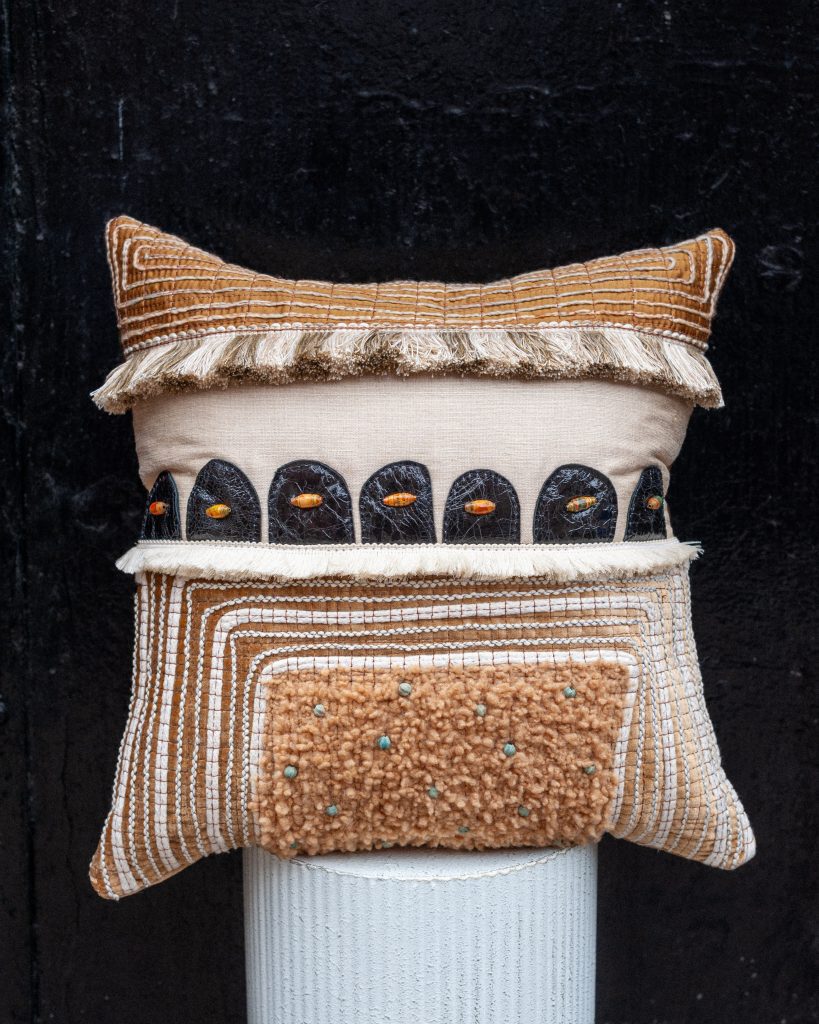



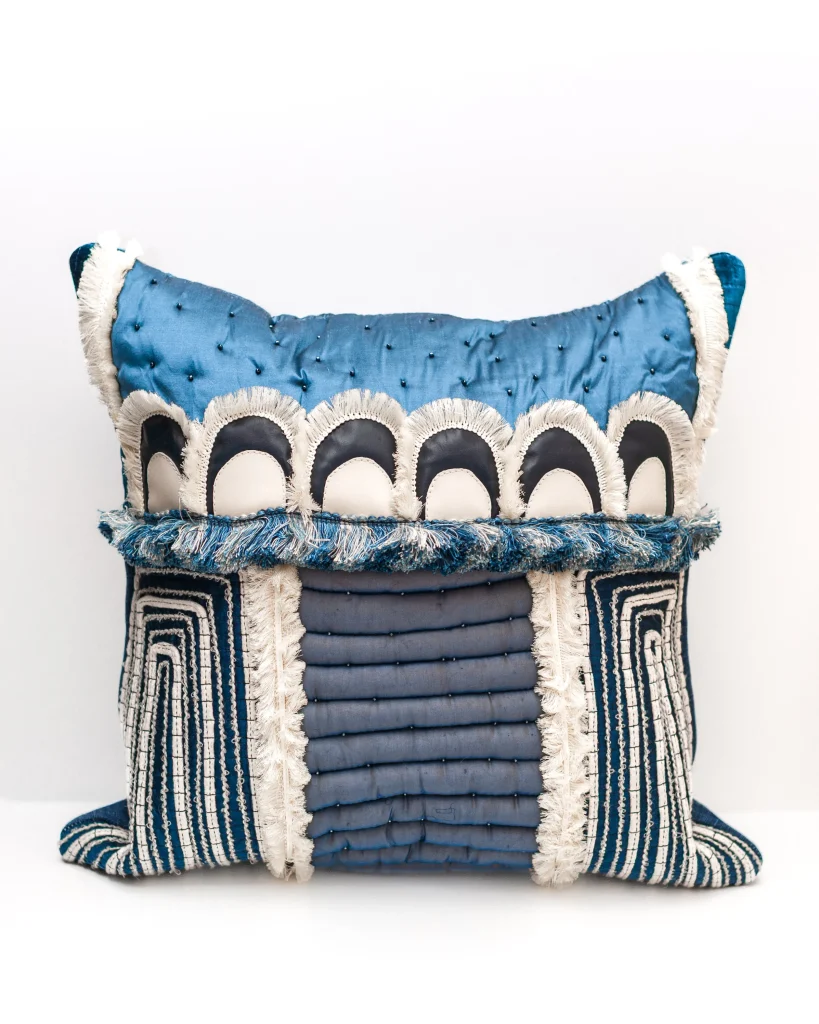

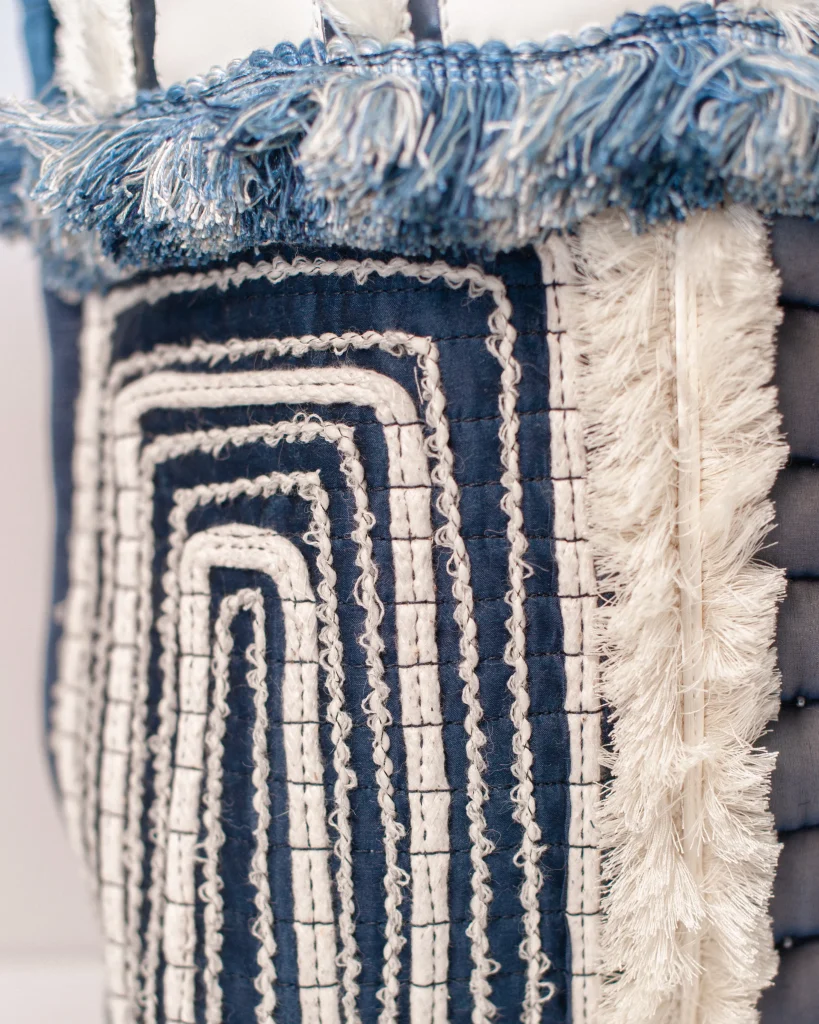

Why These Designers Matter
In different ways, Sam, Aileen & Nush, and Teddy model a new kind of independence. They are not building empires. They are building practices slowly and locally. They are not competing for mass appeal. They are listening to materials, to history, and their communities. Each of them has defined a personal vocabulary. Each of them has located value in the process. Each of them is shaping a version of design that cannot be templated. What connects these three practices is not similarity. It is clarity. Each speaks fluently through form. Each has made something necessary.
The ADORNO x WANTED Prize is not an endpoint. It is a beginning. It offers visibility, access, and infrastructure for designers whose work may otherwise remain unseen outside of local exhibitions and school programs. It exists to open channels, not to fix outcomes. The winners of this year’s prize will join the ADORNO platform for one year. They will be supported through editorial features, global promotion, and an established network of collectors, galleries, and institutions. Their work will be sold through the platform with dedicated assistance in fulfillment and logistics.
This is how design ecosystems are sustained—not through spectacle, but through ongoing care and support. ADORNO is proud to work in collaboration with WANTED Design and ICFF to spotlight practices that might otherwise go unrecognized by larger commercial structures.
The future of design is not uniform. It will not be defined by a single aesthetic. It will not be dominated by a few names. It will be diverse, intentional, and deeply local. What the ADORNO x WANTED Prize reveals is not a trend. It reveals a shift. A return to process. A renewal of care. A refusal to separate design from life.
Discover work from this year’s WANTED at the ICFF
-

 Helping Hand Side Table
Helping Hand Side Table -

 Lorne Chair
Lorne Chair -

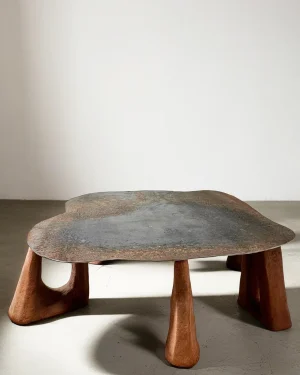 Terra Coffee Table
Terra Coffee Table -

 Surface Table – Mirror Polished Stainless Steel
Surface Table – Mirror Polished Stainless Steel -

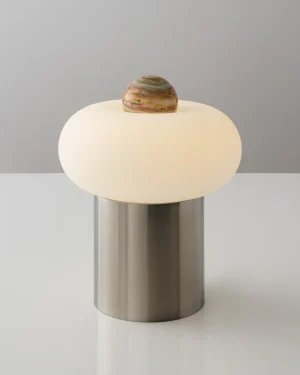 Capsula 01 – Mouthblown Glass, Stainless Steel & Onyx Table Lamp
Capsula 01 – Mouthblown Glass, Stainless Steel & Onyx Table Lamp -

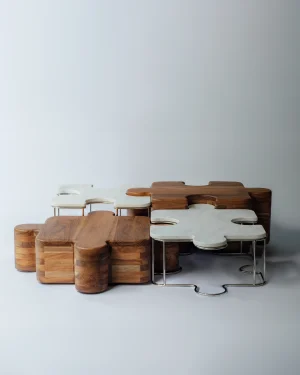 Piezas Coffee Table – Tzalam Wood No. 3
Piezas Coffee Table – Tzalam Wood No. 3 -

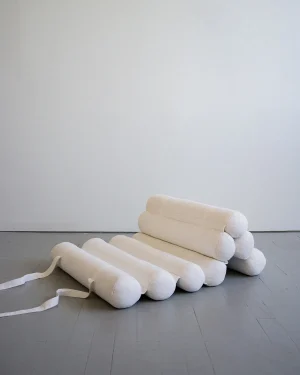 Camille – Versatile Pouf
Camille – Versatile Pouf -

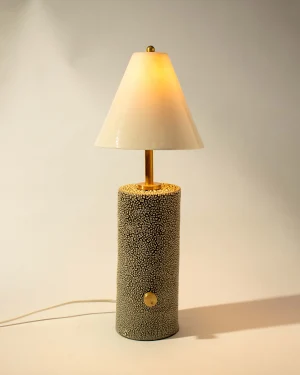 Nocturne Table Lamp
Nocturne Table Lamp -

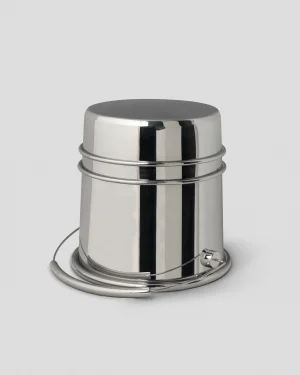 Cruz
Cruz -

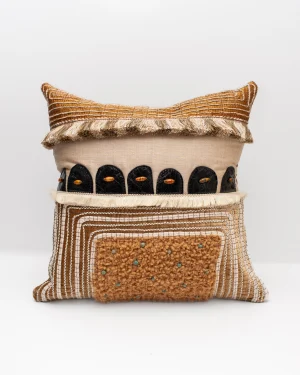 Cushion 03
Cushion 03 -

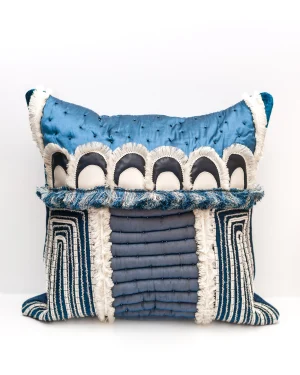 Cushion 04
Cushion 04 -

 Haptic – Blown Glass & White Oak Side Tables
Haptic – Blown Glass & White Oak Side Tables -

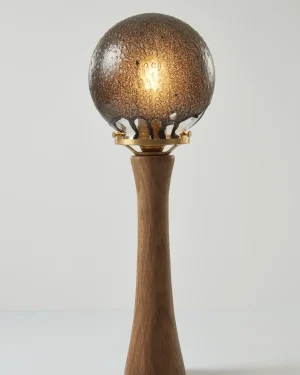 Leaky Lamp II – Wood / Biomaterial
Leaky Lamp II – Wood / Biomaterial -

 Haptic – Blown Glass And White Oak Blonde Glass Side Table
Haptic – Blown Glass And White Oak Blonde Glass Side Table -

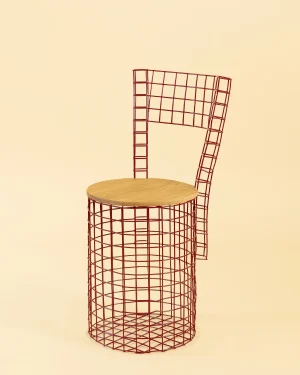 Fresh Catch Chair I – Upcycled Steel
Fresh Catch Chair I – Upcycled Steel -

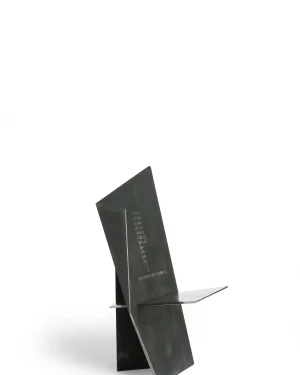 Harakiri – Aluminum And Damascus Steel Chair
Harakiri – Aluminum And Damascus Steel Chair -

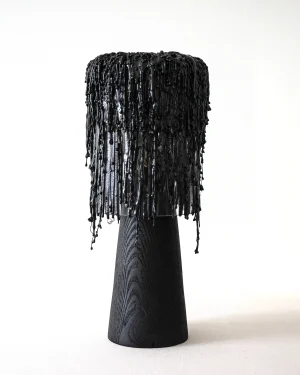 Leaky Lamp III – Ash Wood / Biomaterial
Leaky Lamp III – Ash Wood / Biomaterial -

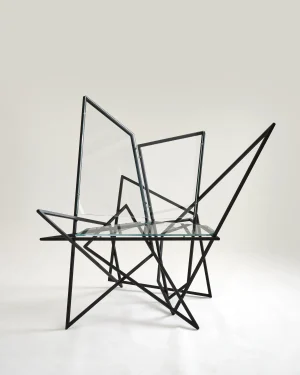 Sitting Bull – Stainless Steel Accent Chair
Sitting Bull – Stainless Steel Accent Chair -

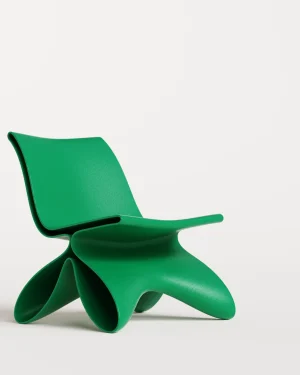 Sprout Lounge Chair
Sprout Lounge Chair -

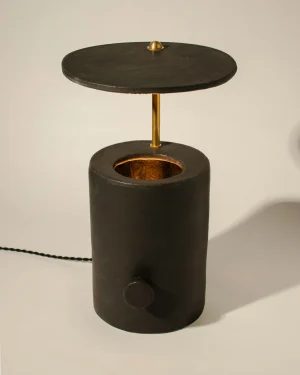 Disc – Stoneware Table Lamp
Disc – Stoneware Table Lamp -

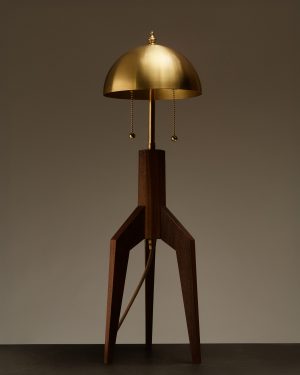 Falcon Table Lamp
Falcon Table Lamp -

 Thalie Vi – Sheer Fabric Lamp
Thalie Vi – Sheer Fabric Lamp -

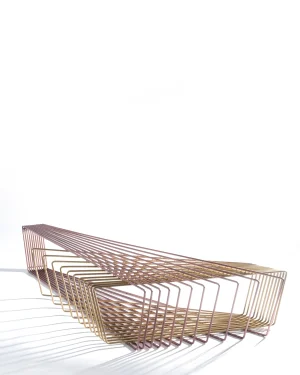 Affinity – Brass And Copper Coffee Table
Affinity – Brass And Copper Coffee Table -

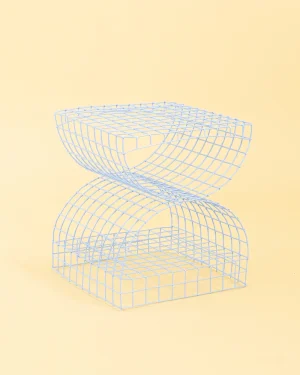 Fresh Catch Table I – Upcycled Steel
Fresh Catch Table I – Upcycled Steel -

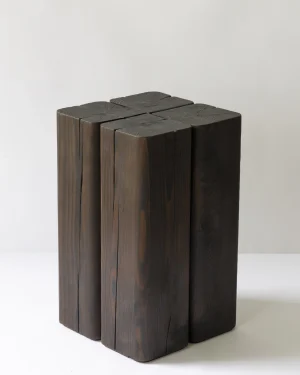 Timber Table
Timber Table -

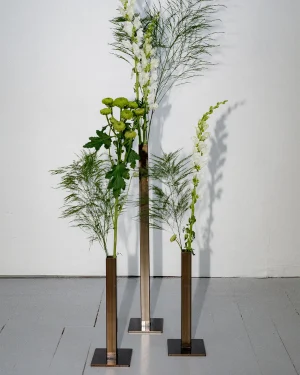 Delphine – Steel Vase
Delphine – Steel Vase -

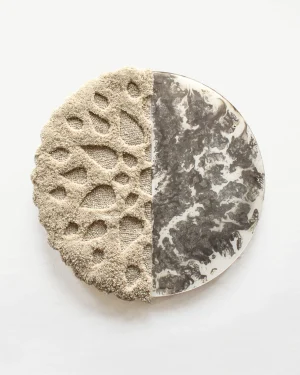 Coming Home Mirror
Coming Home Mirror -

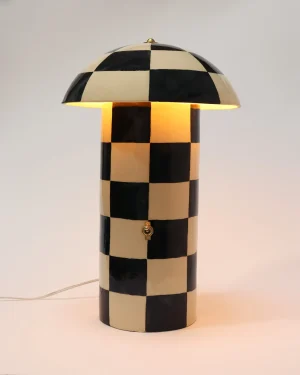 Checkered Mushroom Lamp
Checkered Mushroom Lamp -

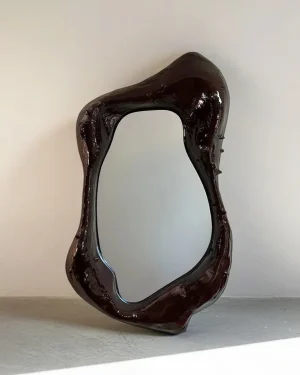 Scarscape Mirror
Scarscape Mirror -

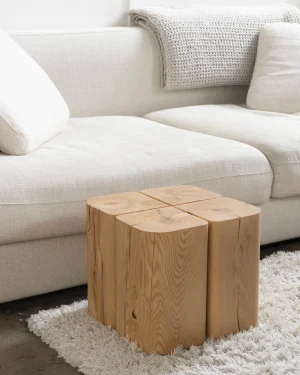 Stubby Timber Table – Reclaimed Wood
Stubby Timber Table – Reclaimed Wood -

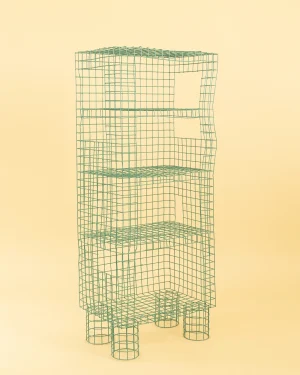 Fresh Catch Ii
Fresh Catch Ii -

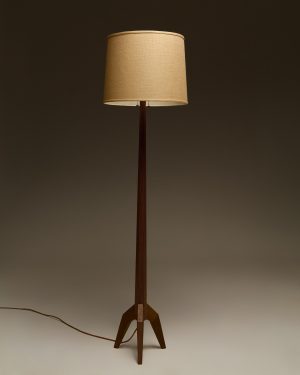 Falcon Floor Lamp
Falcon Floor Lamp -

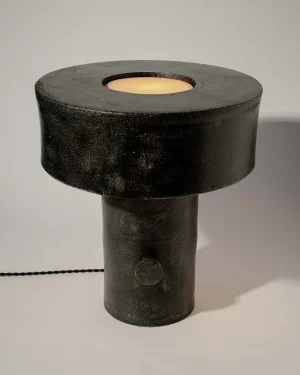 Ceramic Spotlight Table Lamp
Ceramic Spotlight Table Lamp -

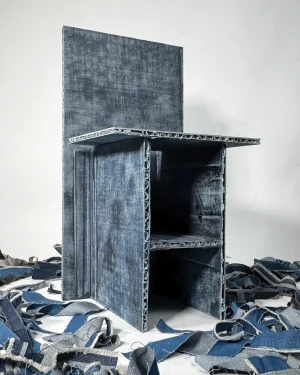 The Concept: Puff-ply – Recycled Fabric Chair
The Concept: Puff-ply – Recycled Fabric Chair -

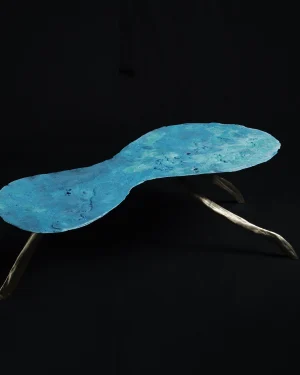 Mitosis – Cast Brass Coffee Table
Mitosis – Cast Brass Coffee Table -

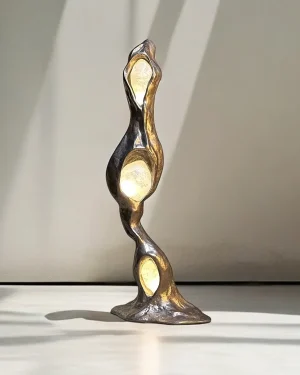 Untitled Light Sculpture
Untitled Light Sculpture
